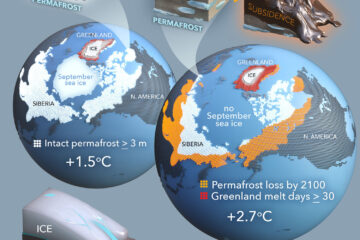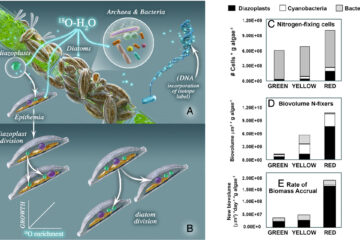The effect of single tree species on soil microbial activities related to C and N cycling in the Siberian artificial afforestation experiment
The effects of grassland conversion to forest vegetation and of individual tree species on microbial activity in Siberia are largely unstudied. Here, we examined the effects of the six most commonly dominant tree species in Siberian forests (Scots pine, spruce, Arolla pine, larch, aspen and birch) on soil C and N mineralization, N2O-reduction and N2O production during denitrification 30 years after planting. We also documented the effect of grassland conversion to different tree species on microbial activities at different soil depths and their relationships to soil chemical properties. The effects of tree species and grassland conversion were more pronounced on N than on C transformations. Tree species and grassland conversion did significantly alter substrate-induced respiration (SIR) and basal respiration, but the differences were not as large as those observed for N transformations. Variances in SIR and basal respiration within species were markedly lower than those in N transformations. Net N mineralization, net nitrification, and denitrification potential were highest under Arolla pine and larch, intermediate under deciduous aspen and birch, and lowest beneath spruce and Scots pine. Tree species caused similar effects on denitrification potential, net N mineralization, and net nitrification, but effects on N2O reduction rate were idiosyncratic, indicating a decoupling of N2O production and reduction. We predict that deciduous species should produce more N2O in the field than conifers, and that Siberian forests will produce more N2O if global climate change alters tree species composition. Basal respiration and SIR showed inverse responses to tree species: when basal respiration increased in response to a given tree species, SIR declined. SIR may have been controlled by NH4 + availability and related therefore to N mineralization, which was negatively affected by grassland conversion. Basal respiration appeared to be less limited by NH4 + and controlled mostly by readily available organic C (DOC), which was higher in concentration under forests than in grassland and therefore basal respiration was higher in forested soils. We conclude that in the Siberian artificial afforestation experiment, soil C mineralization was not limited by N.


